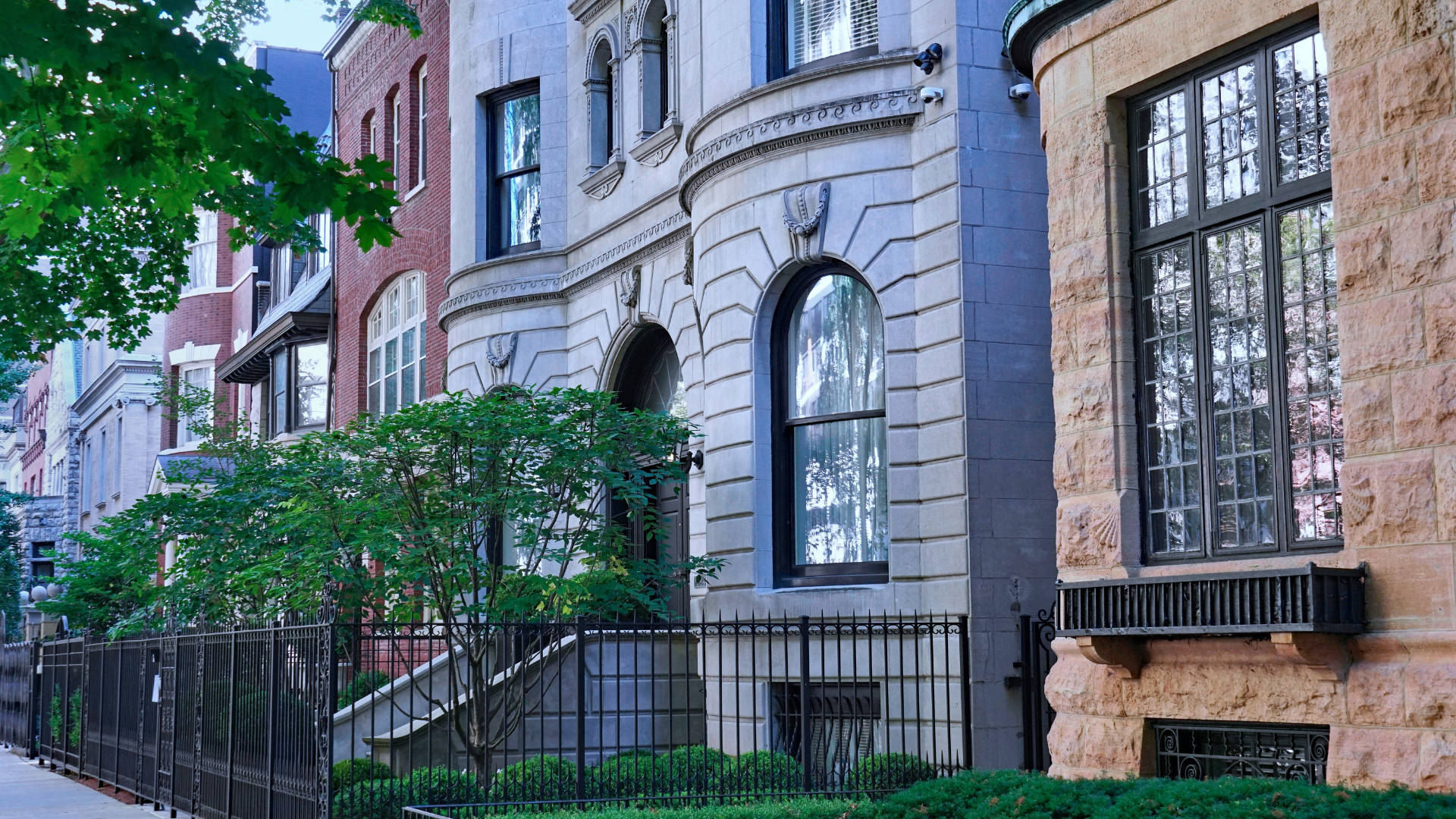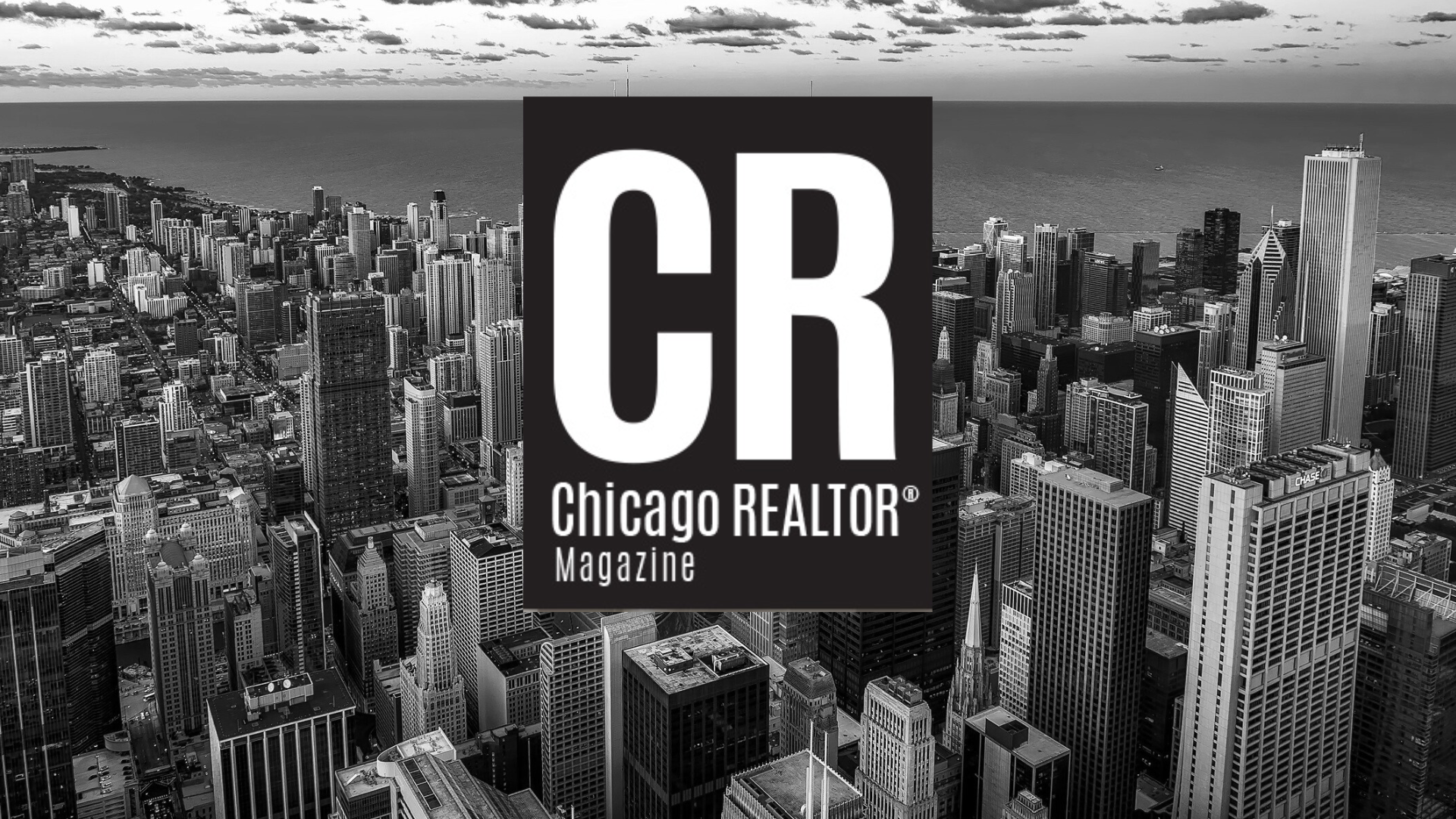Your clients have popped the infamous question: how much do you think our home is worth? As a steward of home ownership and the real estate market, this is your moment — when your expertise counts for everything. In today’s low inventory and high-demand market, it’s more important than ever to price properties correctly.
You can develop accurate home price opinions with a few simple, yet crucial practices.
STAYING INFORMED
Start by evaluating current market supply and demand in your client’s neighborhood and general price point. Take advantage of resources exclusive to REALTORS®:
- REALTORS® Property Resource (RPR)
- FastStats, a C.A.R. member benefit
- Infosparks, via MRED
Leverage your market knowledge and these tools to find existing comparables within your client’s neighborhood or general price point.
It’s also helpful to develop a good relationship with an appraiser to ensure that your opinions of relevant amenities and city standards stay up-to-date.
THE COMPARATIVE MARKET ANALYSIS (CMA)
Sometimes considered complex and confusing, a CMA benefits both buyer and seller clients by breaking down properties side-by-side and explaining their points of value. Apply your research when you assemble your CMA and make sure you walk your clients through the CMA so they understand how their unique property stacks up.
THE PSYCHOLOGY OF HOME PRICING
All About Looks
A recent Journal of Consumer Psychology article advises you to leave out commas and decimals — and limit the zeroes — when you market a home. $1500 looks more appealing than $1,500 and $1,500.00, and the same applies to higher figures. $10 million looks more appealing than $10,000,000.
Leave the 9’s Behind
The most well-known pricing trick is the rule of 9’s. $399 looks significantly cheaper to consumers than $400, and so on, as proven in an MIT and University of Chicago study. But, properties ending in 9’s often miss out on consumers looking in ranges of 5’s. Your property of $299,000 won’t show up in a search for homes between $300,000 and $325,000 or a search between $250,000 and $275,000. Use your 9’s wisely.
The New Number on the Block
If your clients are still determined to fall within a certain price range, opt for 7’s in your price. According to a 2014 online study by The Guardian, statistically speaking, the number 7 is the most common “favorite number” and is most likely to excite or interest people than any other number. The number tends to appeal to people on an emotional level; prices with 7’s in them “feel right.”
Example: A buyer is looking between $300,000 and $330,000 for their new home. You price your seller’s house at $327,000 instead of $329,000. Statistically and psychologically speaking, people are more likely to gravitate towards the 327 than the 329.







